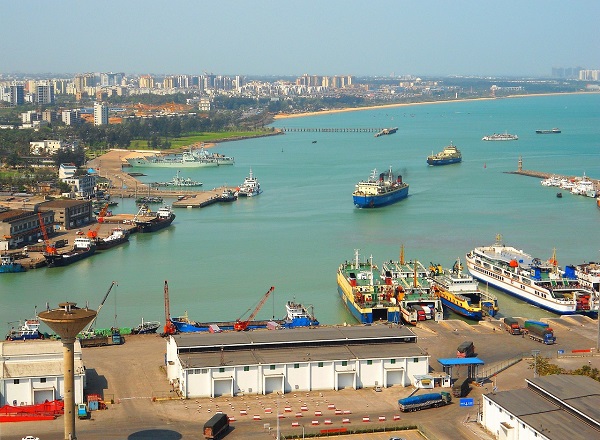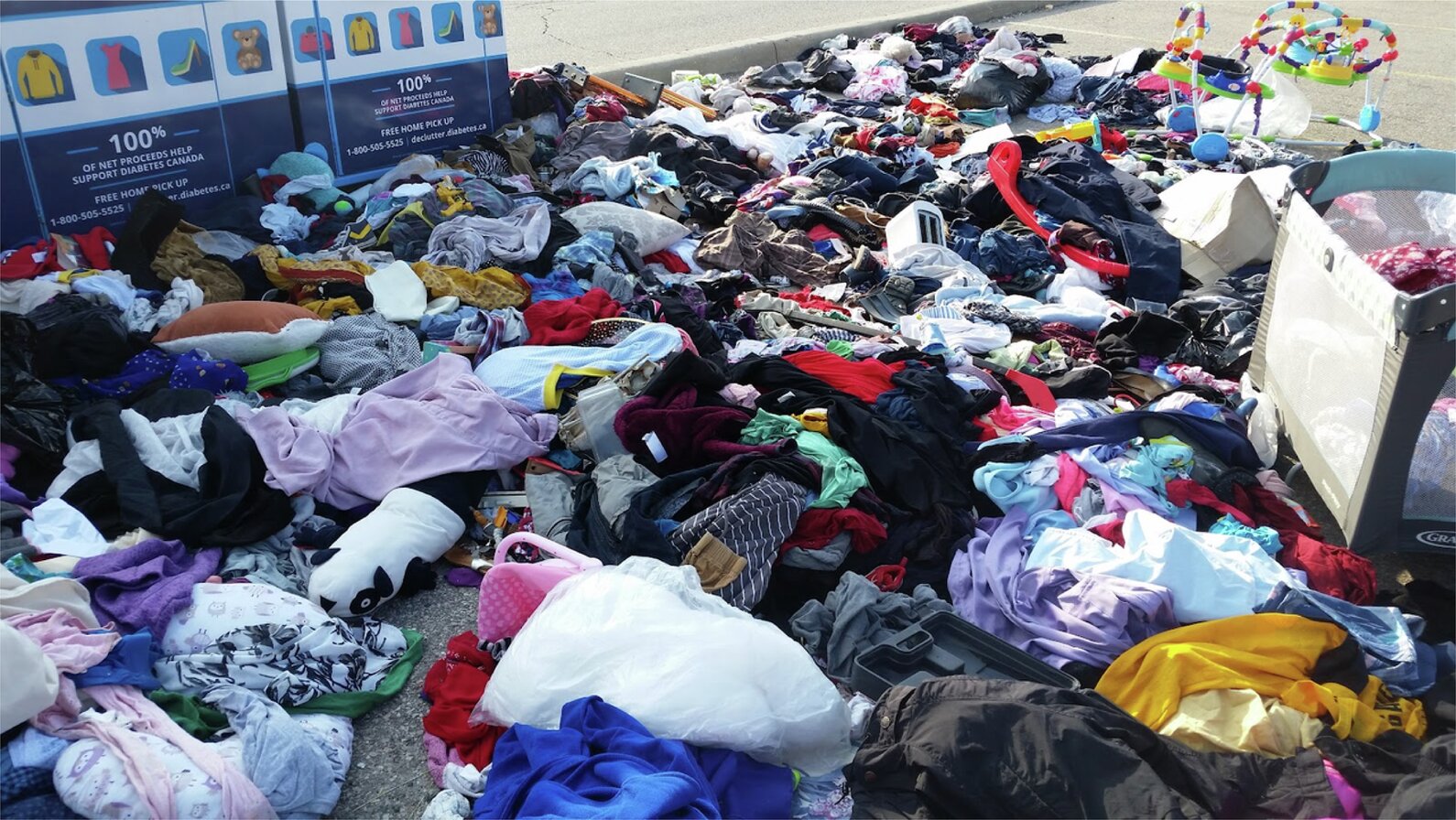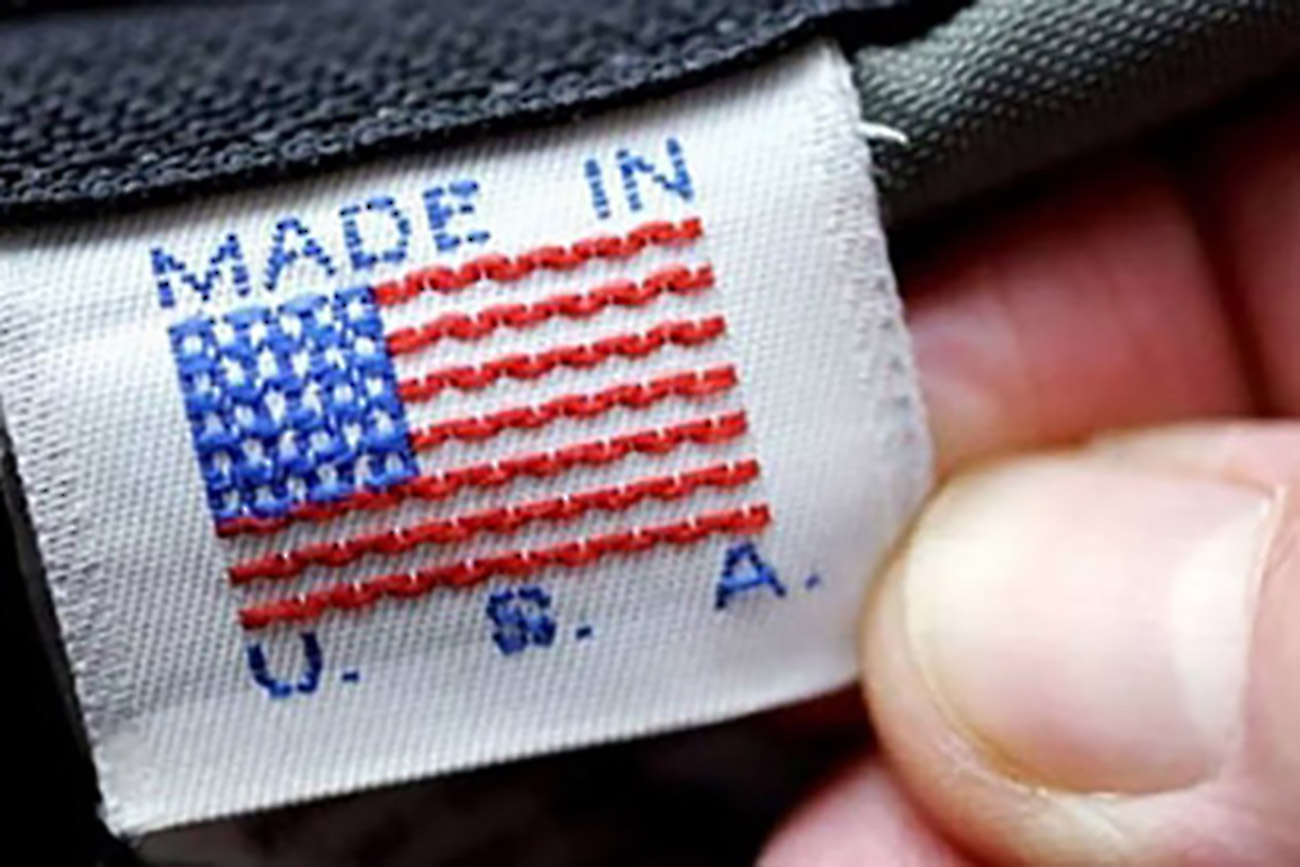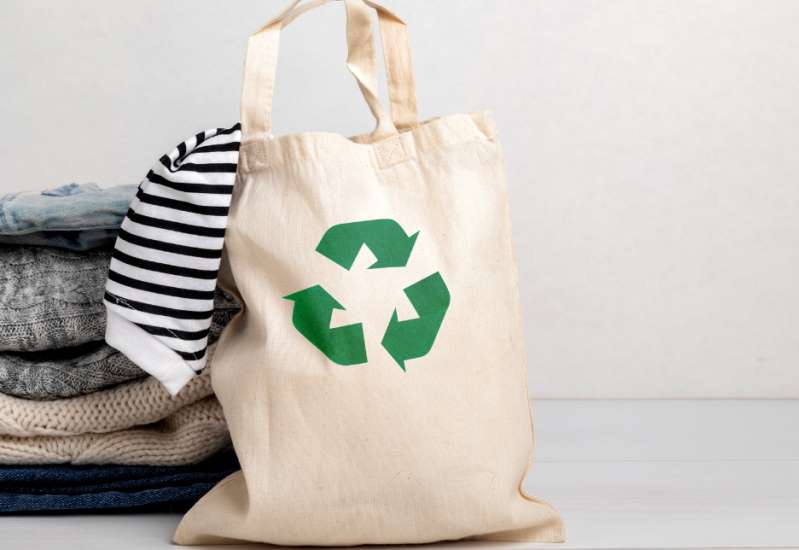
Weakening demand from globally fashion brands due to supply chain chaos, higher manufacturing costs post-Covid and international concerns about inhuman factory working conditions are leading to a major economic slowdown in China. With supply chain risks, many brands across the apparel industry are reviewing their exposure to China and slowly relocating to other low-cost manufacturing countries such as Vietnam, India, Bangladesh, Cambodia and Turkey.
China’s strategies change to keep economy running
Large apparel and footwear brands such as Mango and Dr. Martens have recently cut down or shown their intention to shift manufacturing out of China and reduce their reliance on the country. Relocation has also got stronger due to stricter laws in the US and Europe against alleged use of forced labour in the cotton factories of Xinjiang.
As Toni Ruiz, Chief Executive, Mango explains, they need to be very alert to how things evolve. Mango, in fact, is looking at is the extent to which all the global sourcing, developed over many years, might become more local. The brand is well-known for its mid-range yet high-quality trendy garments. Others like online fashion retailer Asos, are considering pulling out as they feel products manufactured in China were not as competitive as they seemed relative to Europe, once shipping and transport costs were taken into account and the final profit margin figure after sale is not that high.
Meanwhile, China is stepping up trade with Russia. General goods trade between the two countries reached $190 billion last year, up over 30 per cent from 2021, which accounts for 3 per cent of China’s total trade. The two countries are now forging closer economic ties ever since President Vladimir Putin visited Beijing in February 2022, shortly before Moscow invaded Ukraine.
Disruptions in supply chains create havoc
The second round of Covid restrictions and lockdowns in China further led to a jump in freight costs, significant shipping delays this prompted the decision to relocate outsourcing to other countries for many brands. Shipment of a US retail brand’s ski wear, from a previous season, arrived in summer of 2022 while another’s brands summer season of cotton garments arrived in winter.
And as Todd Simms, VP, at supply chain intelligence platform FourKites opine, gone are the days of manufacturing only in China and shipping everywhere. Disruptions have increased costs to deliver finished goods, making it easier to justify operations in new countries in exchange for more resilience.
China’s exports slumped 9.9 per cent in December 2022 as global demand continues to drop and this figure remains uncertain in the first quarter of 2023. However, a shift away from mass textile production to more high-tech premium garment production - both for domestic use and for exports- is now slowly changing the factory scenario in China. Many manufacturers are setting up factories to sell premium environmentally-friendly products that cater to a niche global export market.
Growing importance or Turkey
Turkey is currently encouraging western brands to move g production to their country, for a more seamless supply chain as it is part of the EU customs union, allowing frictionless trade between member states. Some premium brands such as Hugo Boss, Adidas, Nike, and Zara are already outsourcing from there. Also helping this move is the current important consideration for retailers is traceability in the supply chain after years of widely reported labour abuses.
However, there isn’t enough money in the international supply chains to smoothen out the relocation process in the current economic crisis and analysts feel things will only worsen in the next few years. In these turbulent times, exports from China will lessen as no country will put all its eggs in one basket but global relocation levels remain to be seen.












